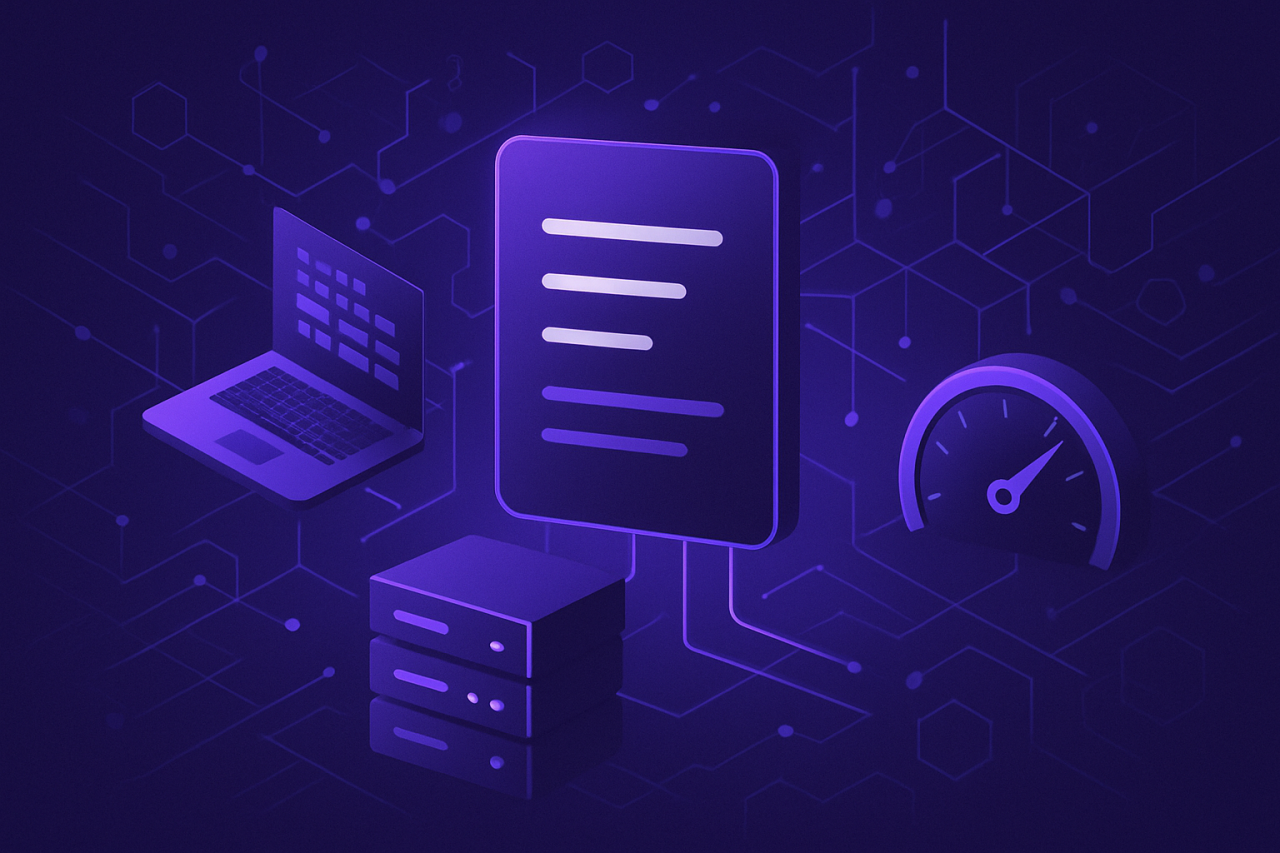Free Proxy Lists With Metadata for Filtering by Speed
In the bustling markets of Casablanca, where ancient trade routes met new currencies, merchants once relied on word-of-mouth to find the swiftest camel or the most reliable guide. In the digital souks of today, the modern merchant seeks a different kind of speed: the quickest proxy for their data’s journey across the web. Here, free proxy lists with rich metadata are the new caravan, and the ability to filter by speed is the difference between striking gold and being left behind in the dust.
The Anatomy of a Proxy List With Metadata
Proxy servers—intermediaries for your internet requests—are often indexed in public lists. These lists range from bare-bones IP:Port collections to sophisticated databases brimming with metadata. For users seeking speed, metadata is essential. Typical metadata fields include:
| Field | Description |
|---|---|
| IP Address | The IP address of the proxy server |
| Port | The port number to connect to |
| Protocol | HTTP, HTTPS, SOCKS4/5, etc. |
| Country | Geographical location |
| Anonymity | Level of anonymity: Transparent, Anonymous, Elite |
| Speed | Response or latency time (ms) |
| Uptime | Percentage of time the proxy is online |
| Last Checked | Timestamp of the last status check |
Resources like Free Proxy List (free-proxy-list.net), Spys.one, and ProxyScrape provide such lists, often with filtering options.
Filtering By Speed: Why It Matters
In Morocco’s medina, time is currency. Online, a slow proxy can break the flow of commerce, frustrate users, and even trigger bans or captchas due to repeated timeouts. Filtering proxies by speed allows you to:
- Minimize latency for scraping, browsing, or streaming.
- Reduce failures in automation tools (e.g., Selenium, Puppeteer).
- Evade rate-limiting by switching to faster proxies on the fly.
Speed is typically measured as the time (in milliseconds) it takes for the proxy to respond to a test request.
Practical Steps: Gathering and Filtering Proxies by Speed
Step 1: Sourcing Proxy Lists
Choose a provider that offers speed metadata:
Step 2: Downloading and Parsing
Most sites offer CSV or API endpoints. For example, Free Proxy List provides a CSV download:
import pandas as pd
url = "https://www.free-proxy-list.net/"
# Manual download: 'proxylist.csv'
df = pd.read_csv('proxylist.csv')
print(df.head())
Step 3: Filtering by Speed
Assume the CSV contains a ‘Speed’ column (in ms). Filter for proxies with response times under 500ms:
fast_proxies = df[df['Speed'] < 500]
print(fast_proxies[['IP Address', 'Port', 'Speed']])
Step 4: Automated Speed Testing (If Metadata Lacks Speed)
When the list lacks speed data, measure it yourself:
import requests
import time
def test_proxy(ip, port):
proxies = {
'http': f'http://{ip}:{port}',
'https': f'http://{ip}:{port}',
}
try:
start = time.time()
response = requests.get('http://httpbin.org/ip', proxies=proxies, timeout=3)
latency = (time.time() - start) * 1000 # in ms
if response.status_code == 200:
return latency
except:
return None
df['MeasuredSpeed'] = df.apply(lambda row: test_proxy(row['IP Address'], row['Port']), axis=1)
fastest = df.sort_values('MeasuredSpeed').head(10)
print(fastest[['IP Address', 'Port', 'MeasuredSpeed']])
Comparing Top Free Proxy List Providers With Speed Filtering
| Provider | Speed Metadata | Filtering UI | Download API | Update Frequency | Notes |
|---|---|---|---|---|---|
| free-proxy-list.net | Yes | Yes | CSV/HTML | Every 10 minutes | Good for quick CSV download |
| proxyscrape.com | Yes | Yes | API/CSV | Real-time | API allows live filtering |
| spys.one | Yes | Yes | HTML | 10-15 minutes | Advanced filtering, less user-friendly |
| us-proxy.org | Yes | Yes | CSV/HTML | Every 10 minutes | US-only proxies |
Case Story: Proxy Speed in the Moroccan Tech Community
In the shadow of the Atlas Mountains, a group of young developers in Marrakesh built a web scraping tool to help local artisans market their wares internationally. Early versions relied on random free proxies, leading to excruciatingly slow updates and frequent bans. By shifting to proxy lists with robust speed metadata, and filtering for sub-300ms response times, they reduced product sync times from hours to minutes—proving that even in a traditional society, digital speed is a competitive advantage.
Automating Proxy Speed Selection in Practice
For serious use—like distributed scraping or media streaming—automation is key. Integrate speed filtering into your workflow:
import random
def get_fast_proxy(df, max_speed=300):
candidates = df[df['MeasuredSpeed'] < max_speed]
if not candidates.empty:
proxy_row = candidates.sample(1).iloc[0]
return f"http://{proxy_row['IP Address']}:{proxy_row['Port']}"
return None
# Usage in a requests session
proxy_url = get_fast_proxy(df)
session = requests.Session()
session.proxies = {'http': proxy_url, 'https': proxy_url}
Additional Resources
- Proxy List by HideMy.name (with speed and filtering)
- Geonode Free Proxy List API
- Scrapy – Rotating Proxies Middleware
- Python requests documentation
Through the lens of a society balancing tradition and modernity, the act of filtering proxy lists by speed echoes the age-old quest for the swiftest path to market. The right metadata—like a trusted guide—can make all the difference between success and stagnation. The caravans may have changed, but the journey for speed remains.

Comments (0)
There are no comments here yet, you can be the first!